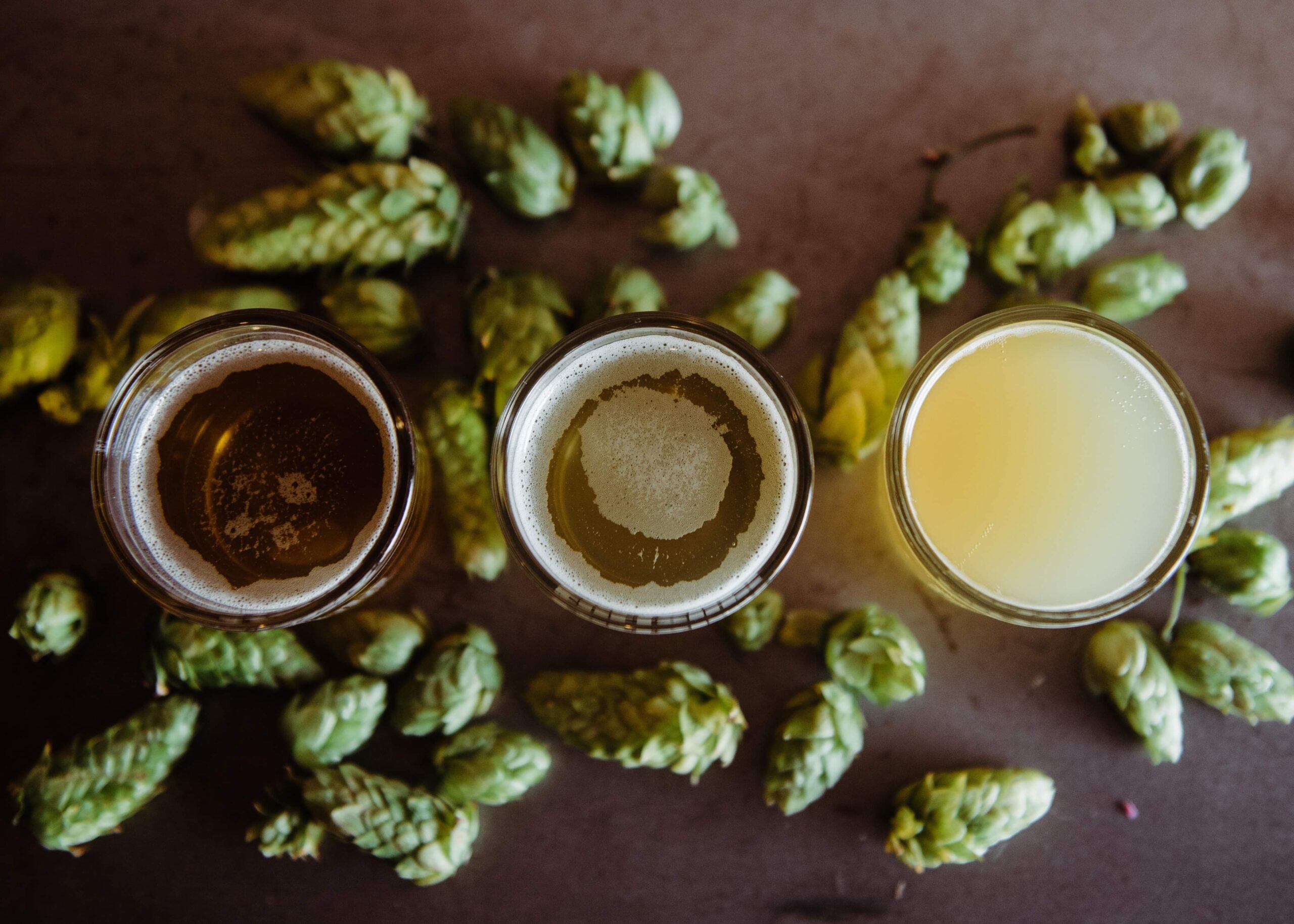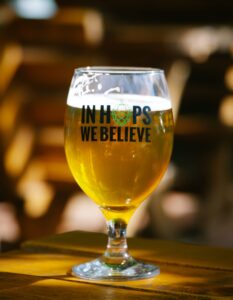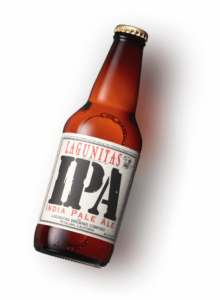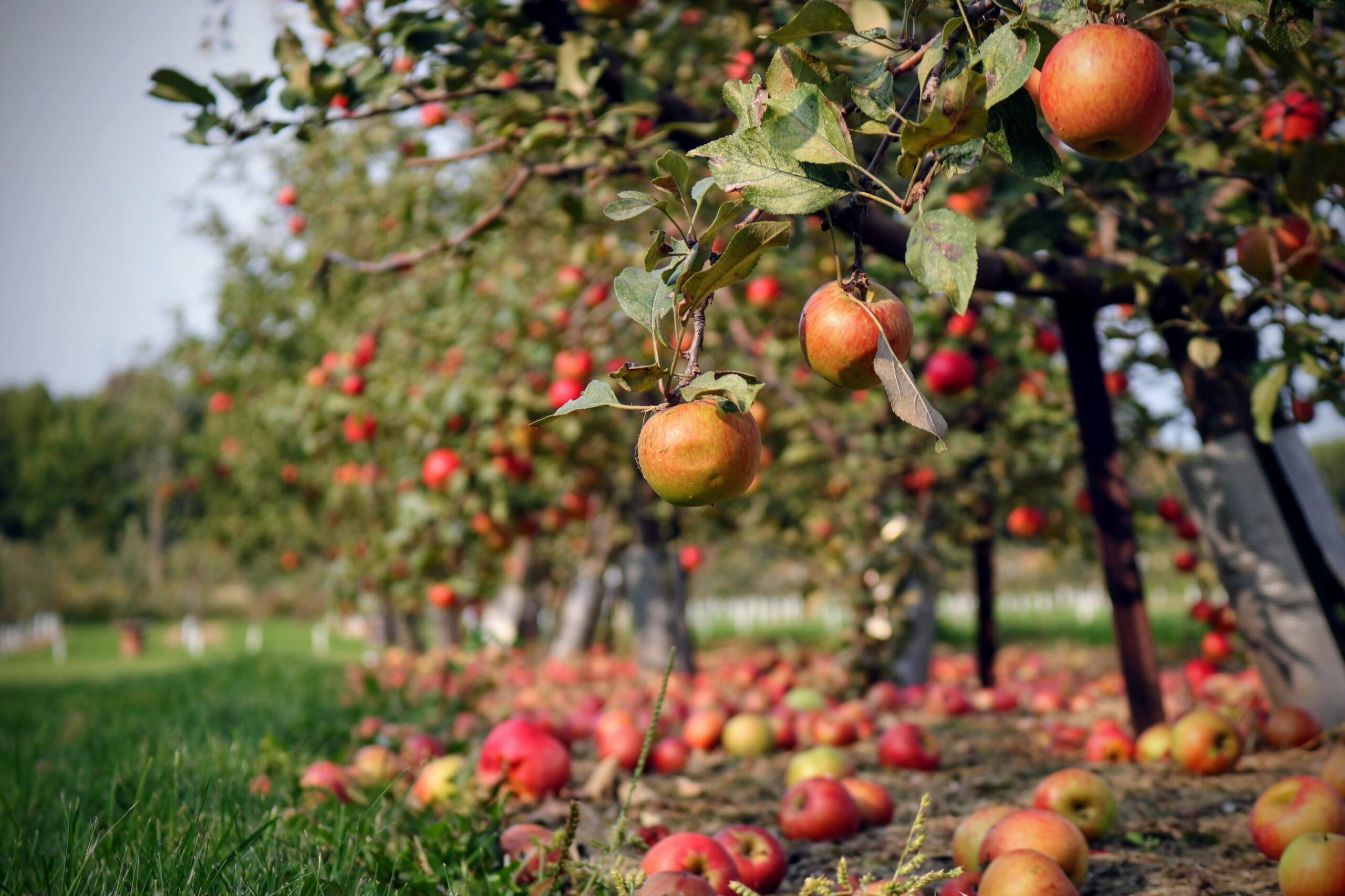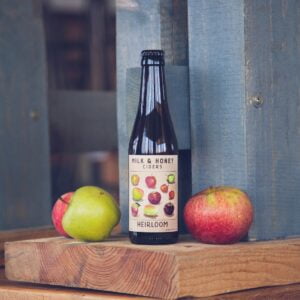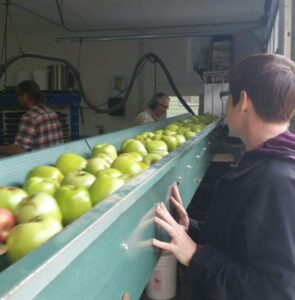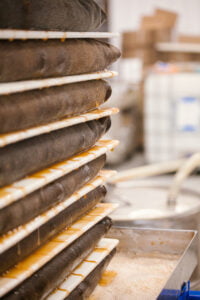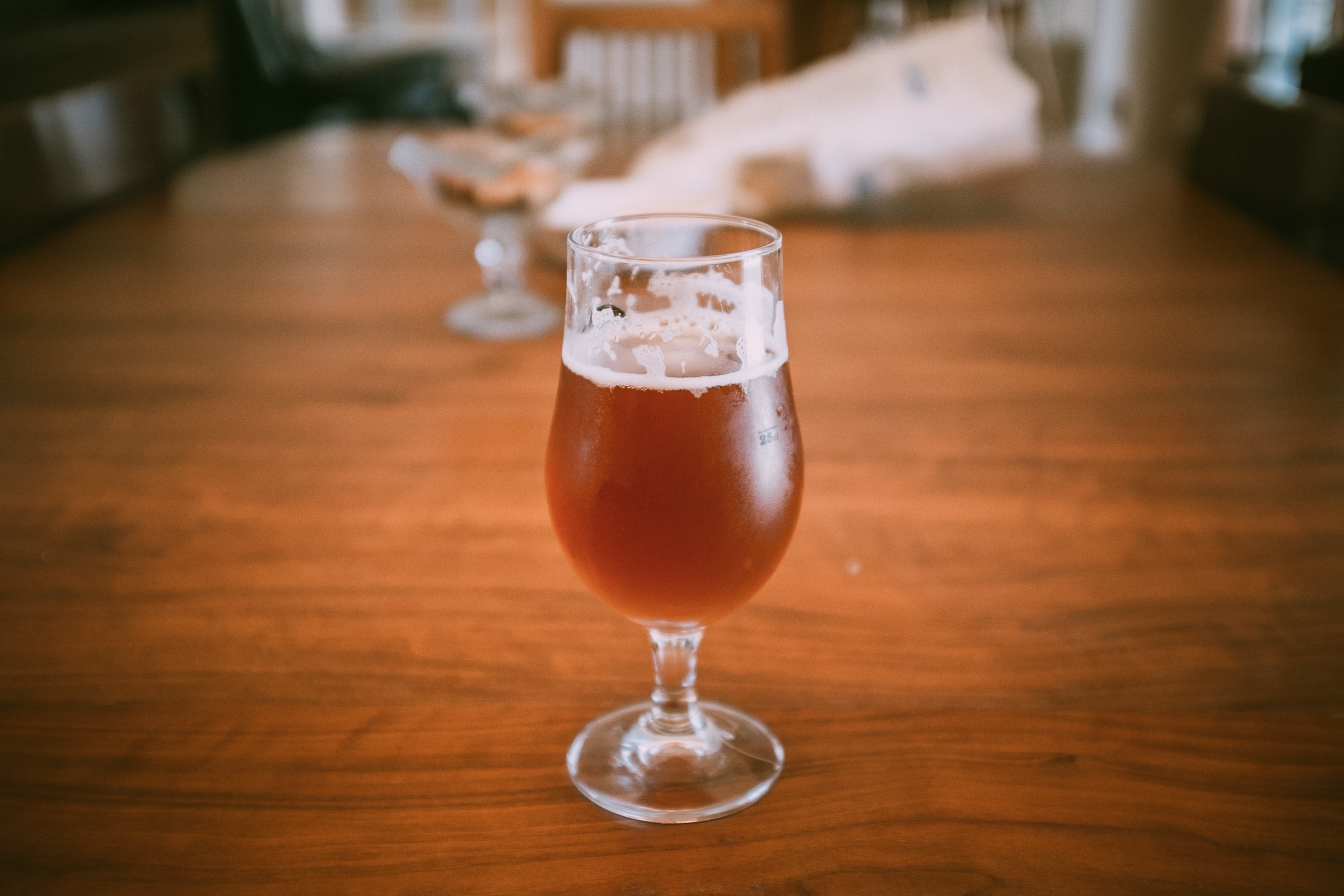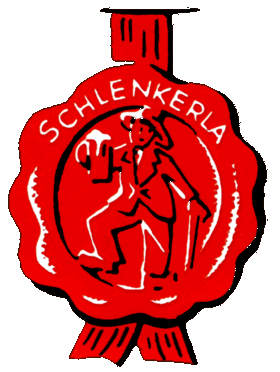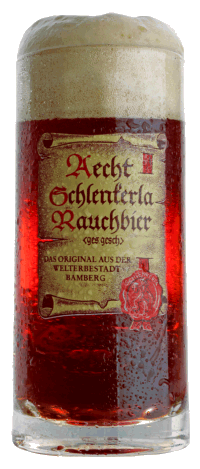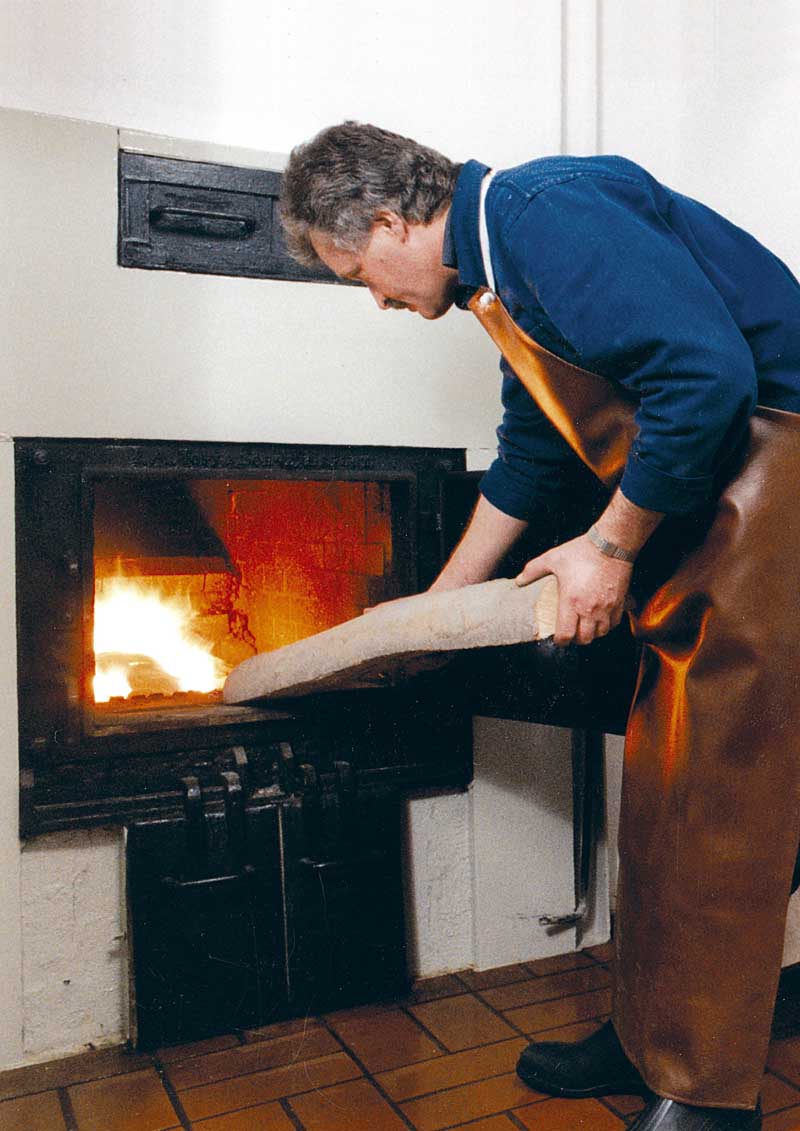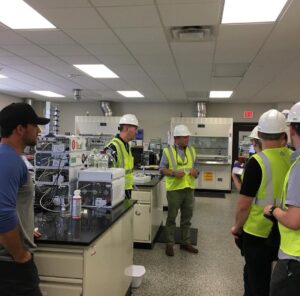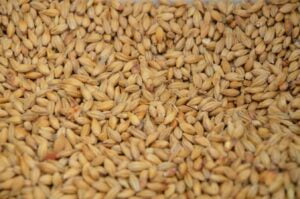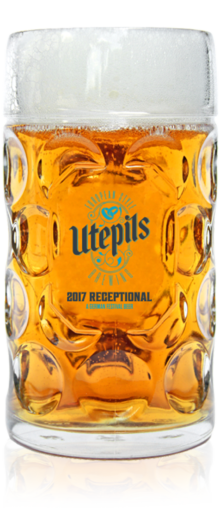Thanksgiving 2021 is shaping up to be one for the record books. There’s nary a turkey to be found this side of the Mississippi. Sweet potatoes are flying out grocery store doors faster than they can be stocked. And if you haven’t reserved your France 44 Cheese Shop Pumpkin Pie by now, you might be relegated to eating pumpkin puree by the spoonful right out of the can instead.
But one thing that won’t be hard is choosing which libations to pair with your holiday feast. Whether you’re planning for two or 20, the France 44 staff will help you choose the perfect Thanksgiving beverage lineup. From appetizer aperitifs to pumpkin pie potables and everything in between, we’re sharing what we’re bringing to our own tables in hopes of bringing some inspiration to yours. (If you want the fast and dirty shopping list, just scroll to the bottom.) Happy Thanksgiving!
____________________________________________________________________
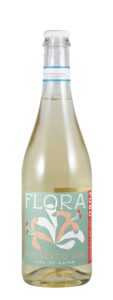
Flora Prosecco | $15.99 | “My favorite way to start Thanksgiving is with mimosas! Flora Prosecco has become my favorite go-to. Try it with pomegranate or cranberry juice for a festive twist. It also tastes great without juice. That gives it the dual function of mimosas and bubbles to have with dessert!” – Melissa
Leffe Blonde | $8.99/6pk | “The flagship of Leffe, it’s smooth and fruity with a spicy aftertaste! At 6.6% it’s an excellent beer for any dish and relaxing moments with family and friends.” – Kayla
Gail ‘Doris‘ Red Blend | $24.99 | “Loving this wine right now and probably will forever. This vintage has a high percentage of Zinfandel accompanied by about 15% of a variety of other grapes. Classic field blend. The Zin isn’t uber jamtastic, and that may be why I’d drink this with any holiday fare. Ripe raspberry, strawberry preserve, and a skosh of pepper round out the palate. Simply stunning.” – Dustin
Paul Nicolle Vieilles Vignes Chablis | $29.99 | “Good Chablis is what I’m bringing to Thanksgiving this year. There are few better pairing wines than a crisp, minerally Chablis, and the small Paul Nicolle domaine is at the top of the game. It is full-bodied enough to stand up to the bigger flavors on your Thanksgiving table, but that laser-sharp acidity also cuts through the salty and savory flavors in your stuffing, turkey, gravy, potatoes… (excuse me, I accidentally drooled on the keyboard).” – Karina
Arnot-Roberts Trousseau | $34.99 | “My current favorite ‘close my eyes wine’ – a wine so good you have to close your eyes and give it your full attention. The whisper-quiet honeyed red fruit flavors provide a refreshing counterpoint to the commotion of the holidays. Drink this one on its own (preferably on your own) when you need a break from the loud flavors (and personalities) of the Thanksgiving dinner table.” – Ryan

Peter Lauer Riesling ‘No. 25’ Trocken | $29.99 | “It’ll come as no surprise to anyone who reads our blog that I’ll be drinking German Riesling at my Thanksgiving celebration this year. My pick is focused, zingy and bone dry. The winemaker, Florian Lauer, has made is his life’s work to preserve the historic vineyard names of the Kupp area within the Mosel region of Germany. You’ll find it to be the perfect aperitif wine for your cheese board and shrimp cocktail.” – Amy
Seghesio Sonoma Zinfandel | $23.99 | “Thanksgiving is one of the most gluttonous meals of the year, and I have no idea why people pair this wonderful feast with delicate, lightweight wines. Try a Sonoma County Zinfandel at the dinner table this year, especially if you’re smoking the turkey. Silky, rich berry fruit–low tannins–spicy kick–absolutely delicious. It’s a perfect match. ‘Merica!” – Bill
Shacksbury Cider Variety Pack I $21.99 I “I am in love this this variety pack from one of my current favorite cider producers. The pack has 4 cans of each of the following: Shacksbury Dry Cider, The Vermonter (a delicious gin-like dry cider), and the Shacksbury Rosé (aged with red wine grapes). There really is just something about fall weather and fall food that screams for a delicious ice-cold cider. The variety pack is the perfect way to make sure there is a style everyone will like at your Thanksgiving.” – Josh
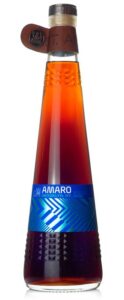
St. Agrestis Amaro | $39.99 | “I really enjoy this on its own! The bitter/herbal start really meshes well with the cinnamon and sarsaparilla on the finish. Makes me think of the holidays – and at 30% ABV, it’ll keep ya warm too!” – Stephen
Bowman Brothers Small Batch Bourbon | $32.99 | “I’m currently in love with the small batch Bowman Brothers bourbon. Its bright notes of cinnamon and gingerbread pair perfectly with my favorite vermouth to make a lovely Manhattan. It’s definitely something I look forward to making for my family during the holidays.” – Aaron
Ezra Brooks Cream Liqueur | $14.99 | “After the Thanksgiving rush, I feel quite beat. We sell gobs of cream liqueur this time of year and I’m going to treat myself to some Ezra Brooks Cream Liqueur in some coffee after my morning run… that I’m not going to take. It’s every bit as good as the best cream liqueur at half the price. I may even make myself an evening bourbon cream milkshake for dessert because I’m worth it!” – Tom
Schneider Weisse Aventinus Weizen Doppelbock I $5.99/500ml I “When it comes to pairing beers with Thanksgiving dinner, I prefer something with yeast-driven flavors, some alcohol warmth and fine carbonation. While most beers that fit this mold come from Belgium, some good options can also be found from Germany. Schneider Aventinus is one of my favorite food- (and cheese!) pairing beers. Sophisticated yet perfectly balanced with notes of plum, fig, clove, banana bread, cola and caramelized malt. The finish is warming with a prickly tingle of carbonation. Try it with L’Amuse Brabander goat gouda for a heavenly pairing.” – Bennett
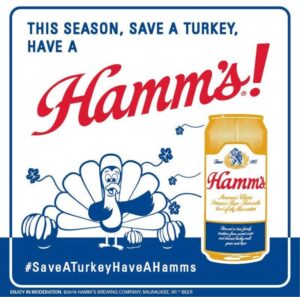
Hamm’s Beer | $17.99/30pk | “What’s the best pairing with Turkey? Ham(m’s). The magical elixir from the land of the sky blue waters, Hamm’s. It tastes like beer and I like it.” – Rob
____________________________________________________________________
TL;DR VERSION
PRE-DINNER/ALL-DAY DRINKS
Flora Prosecco | $15.99
Hamm’s Beer | $17.99/30pk
DURING DINNER DRINKS
Peter Lauer Riesling ‘No. 25’ Trocken | $29.99
Paul Nicolle Chablis | $29.99
Gail ‘Doris’ Red Blend | $24.99
Seghesio Sonoma Zinfandel | $23.99
Arnot-Roberts Trousseau | $34.99
Leffe Blonde | $8.99/6pk
AFTER DINNER DRINKS
St. Agrestis Amaro | $39.99
Bowman Brothers Small Batch Bourbon | $32.99
Ezra Brooks Cream Liqueur | $14.99

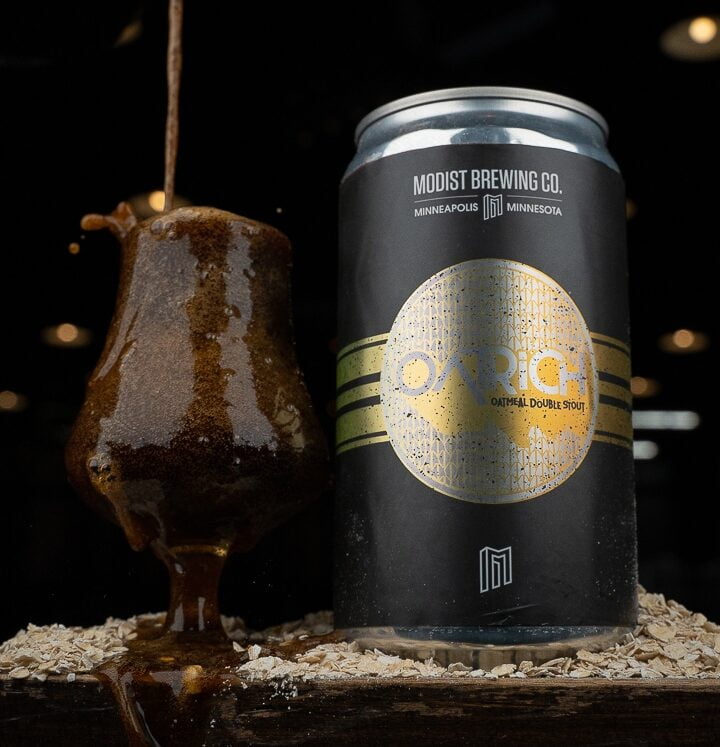
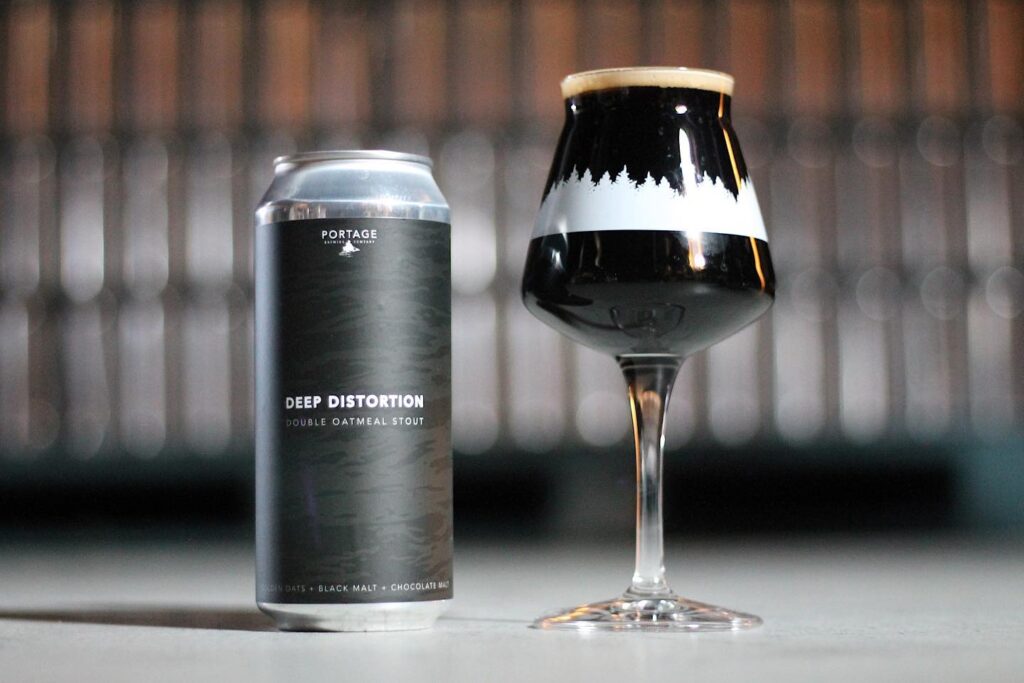
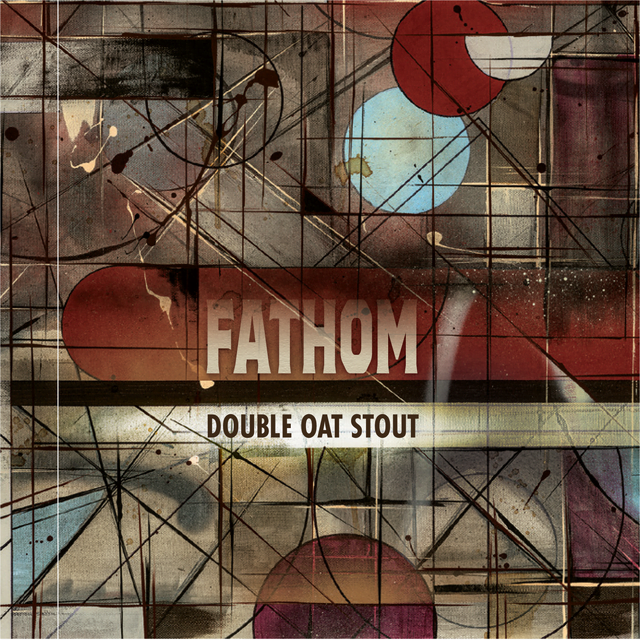
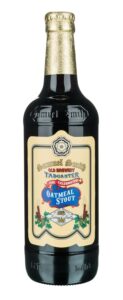
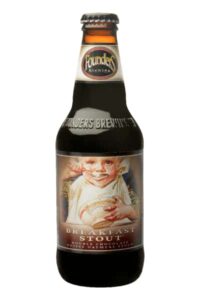
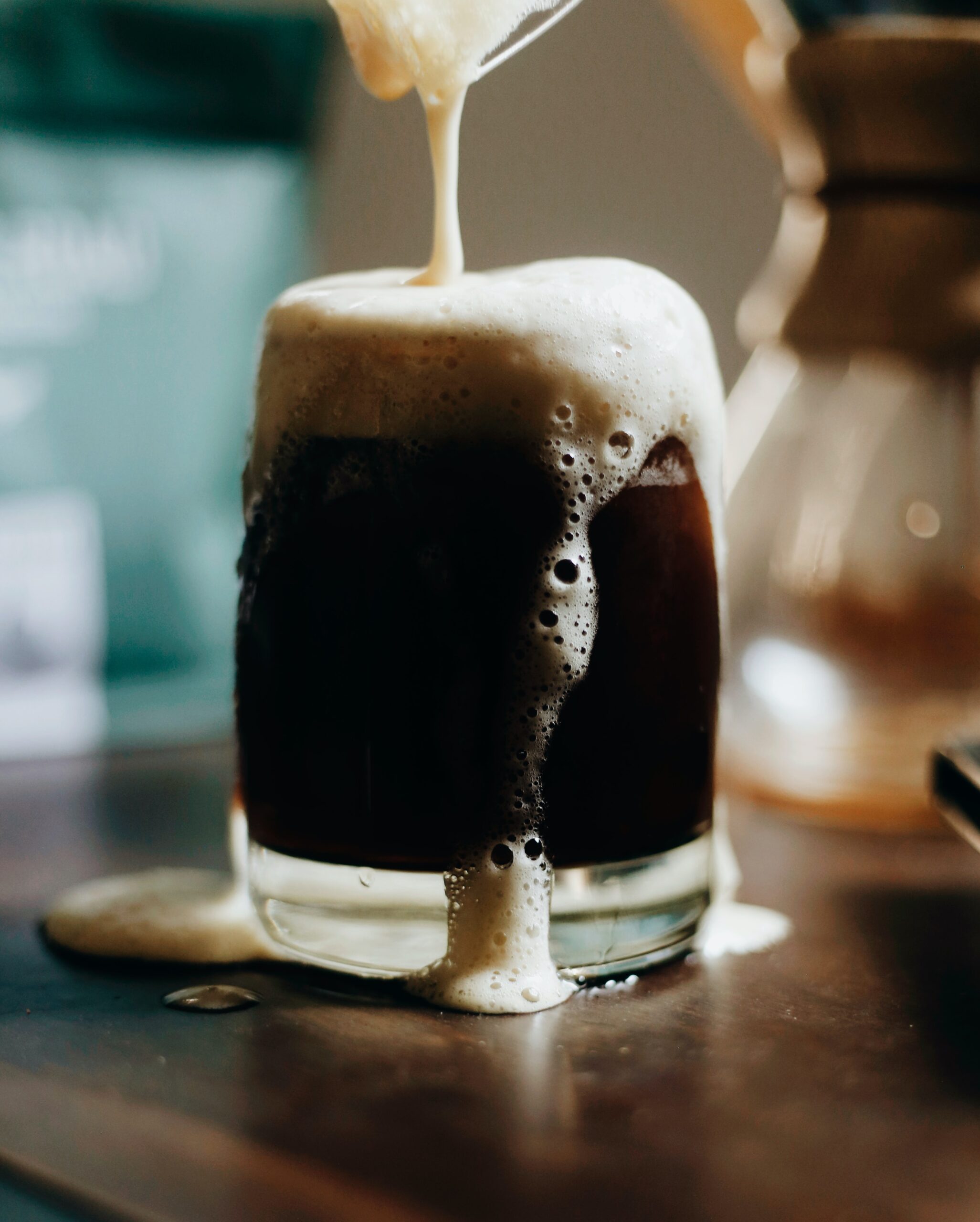
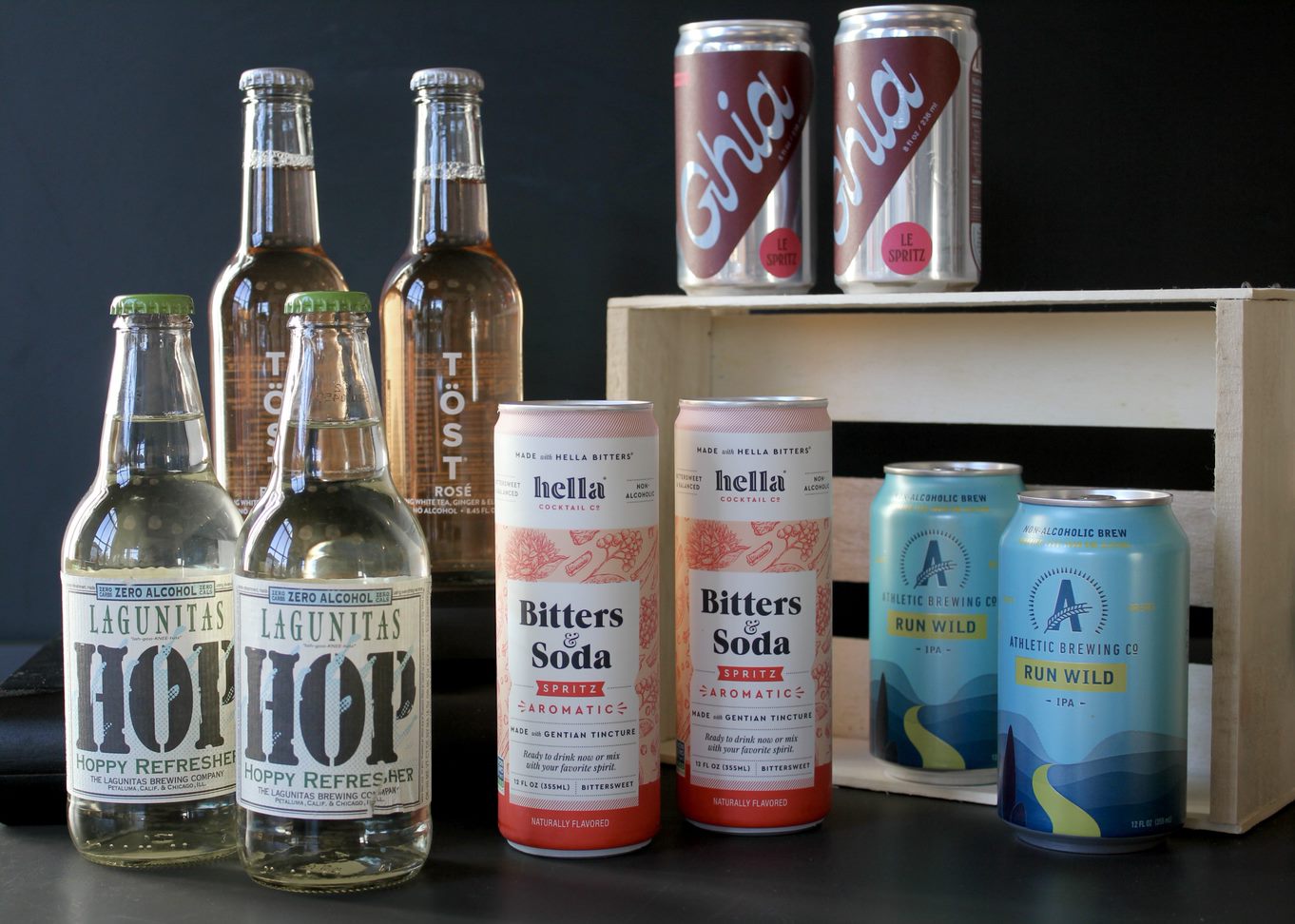
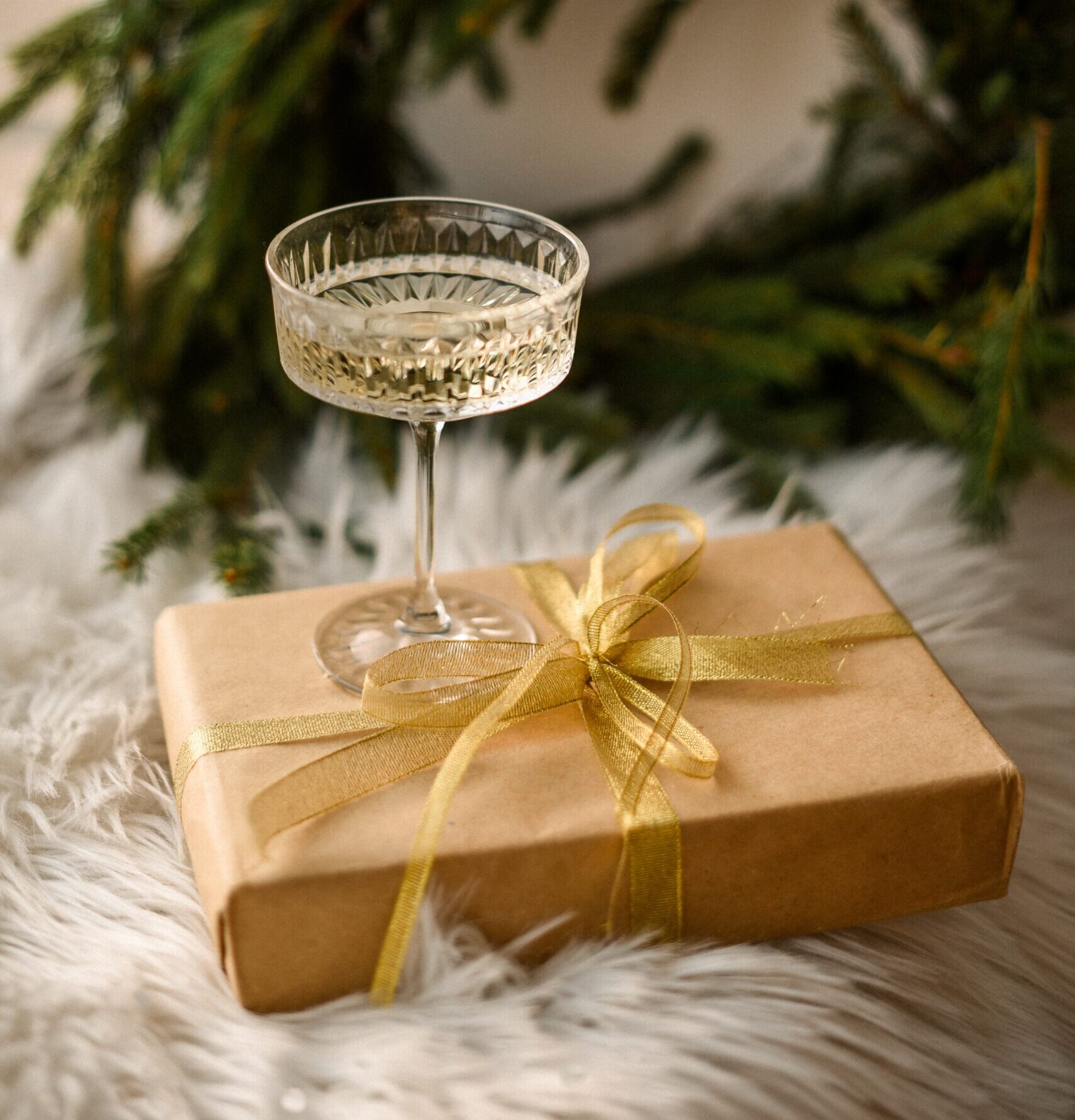
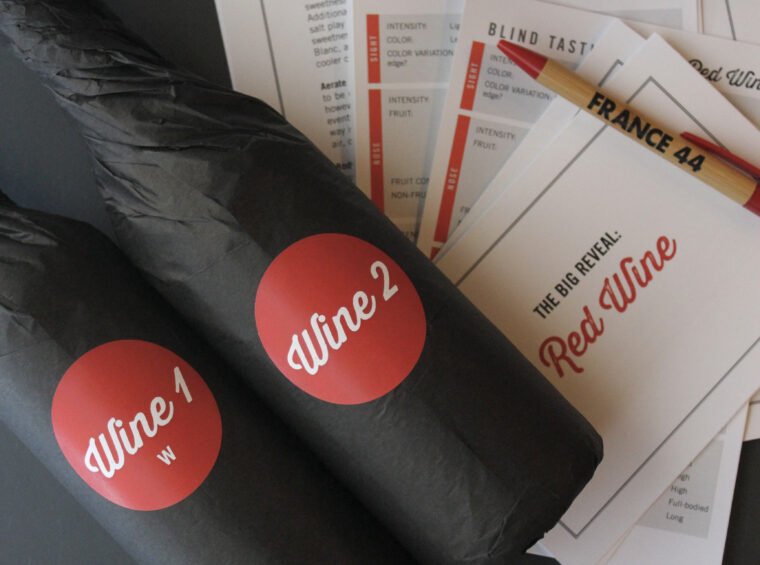
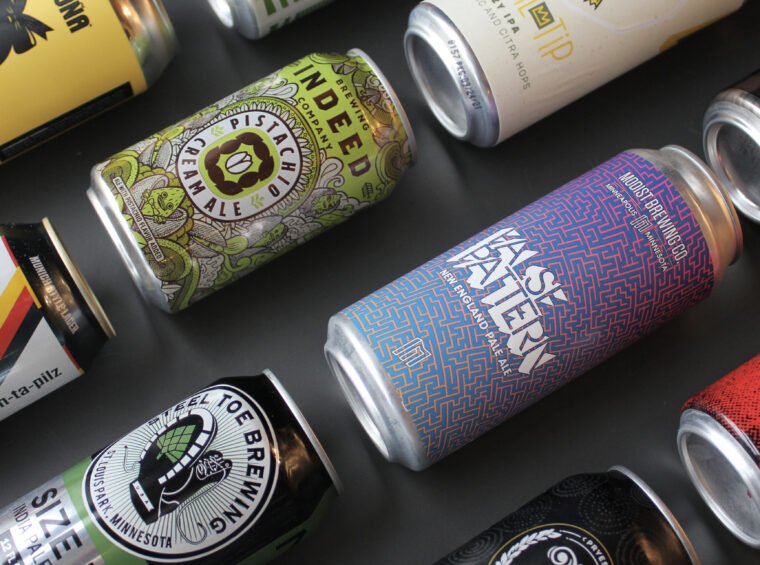
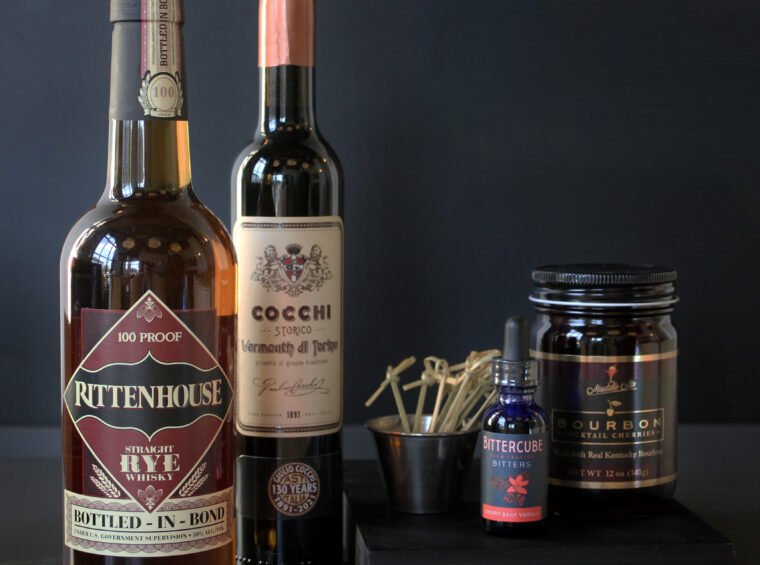
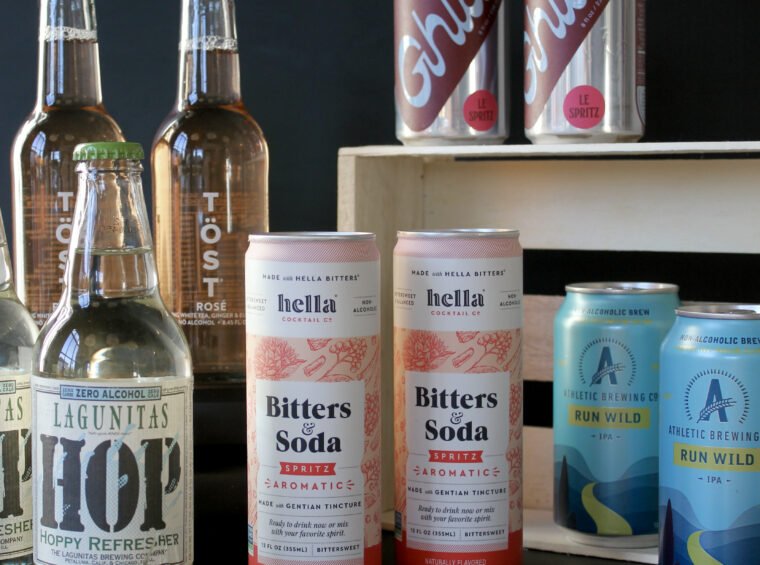
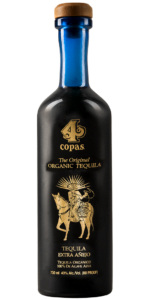 CUATRO COPAS EXTRA AÑEJO TEQUILA I $99.99 I An incredibly complex and smooth Extra Añejo Tequila with notes of vanilla, caramel and citrus.
CUATRO COPAS EXTRA AÑEJO TEQUILA I $99.99 I An incredibly complex and smooth Extra Añejo Tequila with notes of vanilla, caramel and citrus. 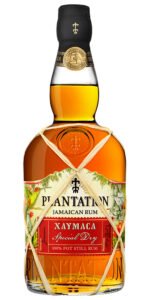 PLANTATION XAYMACA RUM I $24.99 I With Xaymaca Special Dry, Plantation revives the quintessential Jamaican-style, 100% pot still rums of the 19th century with an expression of intense flavors that reveal the traditional, legendary Rum Funk: aromas and flavors of black banana and flambéed pineapple.
PLANTATION XAYMACA RUM I $24.99 I With Xaymaca Special Dry, Plantation revives the quintessential Jamaican-style, 100% pot still rums of the 19th century with an expression of intense flavors that reveal the traditional, legendary Rum Funk: aromas and flavors of black banana and flambéed pineapple. 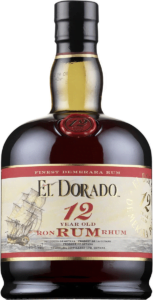 EL DORADO 12 YEAR RUM I $36.99 I
EL DORADO 12 YEAR RUM I $36.99 I 
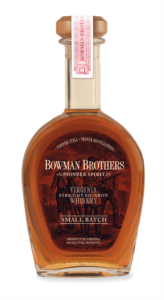 BOWMAN BROTHERS SMALL BATCH BOURBON I $32.99 I The Bowman Brothers Small Batch Bourbon is distilled three times using the finest corn, rye, and malted barley, producing distinct hints of vanilla, spice, and oak.
BOWMAN BROTHERS SMALL BATCH BOURBON I $32.99 I The Bowman Brothers Small Batch Bourbon is distilled three times using the finest corn, rye, and malted barley, producing distinct hints of vanilla, spice, and oak.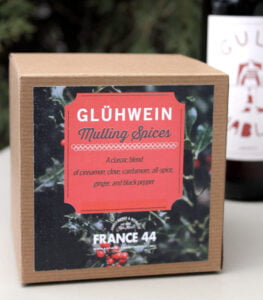 Pick up a box of mulling spices, a three-bottle sampler pack of your favorite spirit, or a pre-wrapped Mystery Mini gift.
Pick up a box of mulling spices, a three-bottle sampler pack of your favorite spirit, or a pre-wrapped Mystery Mini gift.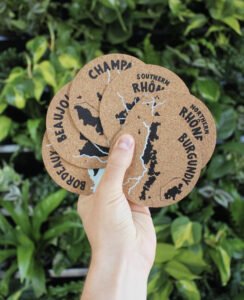
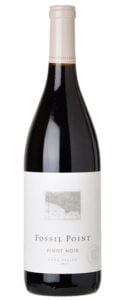 FOSSIL POINT PINOT NOIR | $17.99 | Showcasing notes of ripe plum, black cherry, clove, and pomegranate, this Pinot offers a quality well above its price point. Fossil Point Pinot has concentrated flavors that will pair well with slow-cooked pork belly, roasted duck or miso-glazed Salmon.
FOSSIL POINT PINOT NOIR | $17.99 | Showcasing notes of ripe plum, black cherry, clove, and pomegranate, this Pinot offers a quality well above its price point. Fossil Point Pinot has concentrated flavors that will pair well with slow-cooked pork belly, roasted duck or miso-glazed Salmon.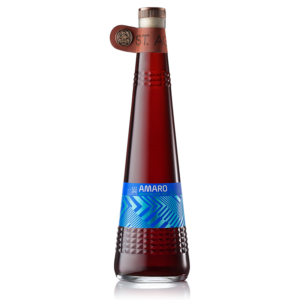 ST. AGRESTIS AMARO | $39.99 | Although it is not a wine, the St. Agrestis Amaro is the perfect after dinner drink to cap off your holiday party! It is one of our staff favorites and is great for new Amaro drinkers and enthusiasts alike. Organic herbs, roots and citrus are macerated into a neutral spirit to produce this Brooklyn-made Amaro.
ST. AGRESTIS AMARO | $39.99 | Although it is not a wine, the St. Agrestis Amaro is the perfect after dinner drink to cap off your holiday party! It is one of our staff favorites and is great for new Amaro drinkers and enthusiasts alike. Organic herbs, roots and citrus are macerated into a neutral spirit to produce this Brooklyn-made Amaro.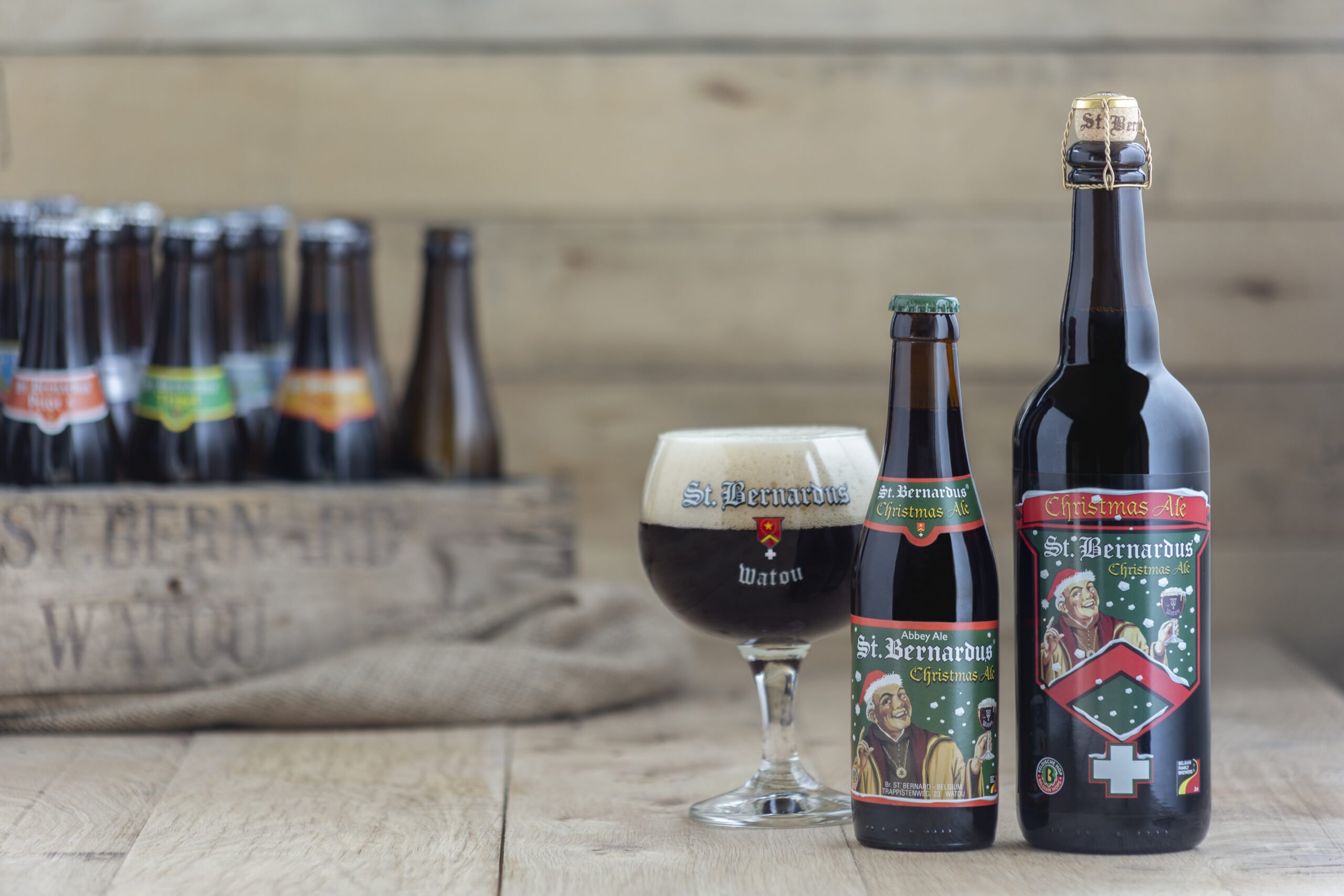
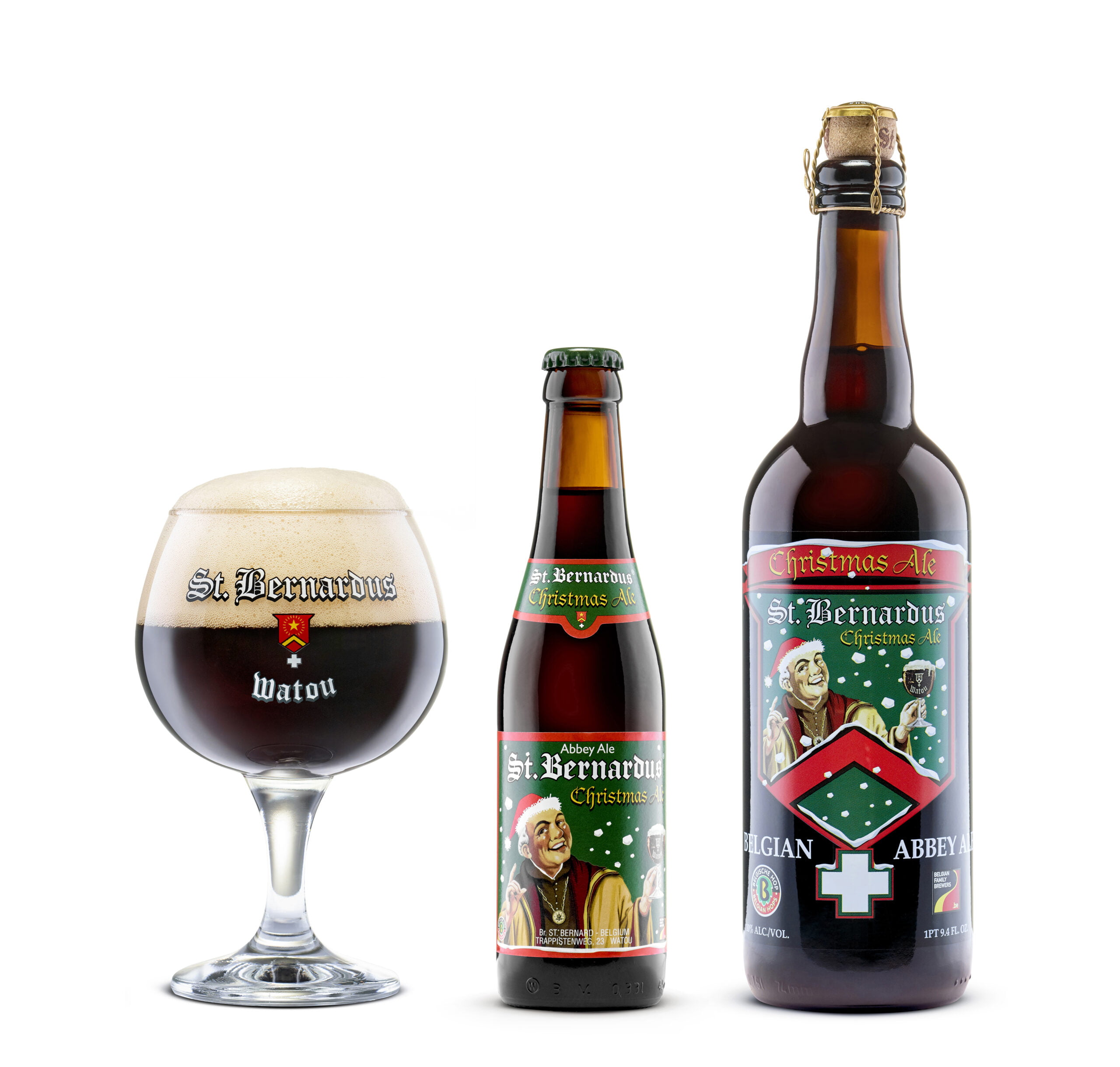
 DELIRIUM NOEL | $25.99/4pk or $12.99/750ml | Entrancing in appearance with a reddish glow, Delirium Noel boasts notes of richly caramelized malt, pear, banana, clove and raisin. A waft of holiday spice and lightly bitter finish balance the sweet midpalate. Deceptively drinkable.
DELIRIUM NOEL | $25.99/4pk or $12.99/750ml | Entrancing in appearance with a reddish glow, Delirium Noel boasts notes of richly caramelized malt, pear, banana, clove and raisin. A waft of holiday spice and lightly bitter finish balance the sweet midpalate. Deceptively drinkable.




